Municipalities
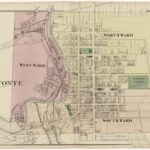
Centre County is comprised of twenty-five townships and ten boroughs that provide local government for residents. The number of boroughs and townships has grown and changed since the county’s founding in 1801.


Centre County is comprised of twenty-five townships and ten boroughs that provide local government for residents. The number of boroughs and townships has grown and changed since the county’s founding in 1801.

Limestone has played an essential role in Centre County’s economic history. Widely used for both industrial and agricultural purposes, limestone has been mined in the county for more than 200 years.
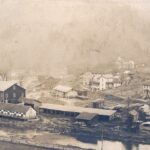
Before European colonists arrived, Pennsylvania was an estimated 97 percent forested. Centre County is in an ecological region in which the aboriginal forest was dominated by white pine and hemlock, both of which had lucrative industrial applications that attracted colonists and entrepreneurs.
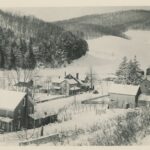
Unionville was founded as a Quaker settlement and for decades was one of the lumber-producing centers of the Bald Eagle Valley. Located five miles west of Milesburg, the town is on the State Road from Philadelphia where it climbs the Allegheny Front to Philipsburg and eventually to Erie.
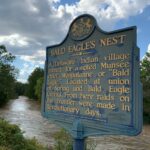
The presence and impact of Native Americans in what is today Centre County is a matter of both history and popular imagination. Evidence indicates that the region between the West Branch of the Susquehanna and the Juniata Rivers was primarily an area of hunting and transit for Native Americans.
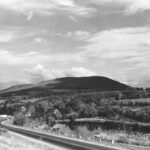
Mount Nittany is probably Centre County’s most famous geographical feature. Thanks to the Penn State football team, fans across the country are familiar with the name of the iconic ridge. As a result, Mount Nittany has become an integral part of the lore of the school and region.

Black Moshannon State Park is a 3,394-acre park that conserves a unique natural environment surrounding Black Moshannon Lake. The park, was established in 1937 after the Civilian Conservation Corps (CCC) built a dam, log cabins, picnic pavilions, and trails.
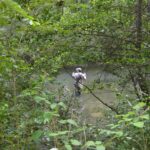
Spring Creek Canyon is an 1,800-acre recreation area in Benner Township popular for fly-fishing, hiking, bicycling, and hunting. The six miles of trout stream within its boundaries are a destination for fishermen from around the world.